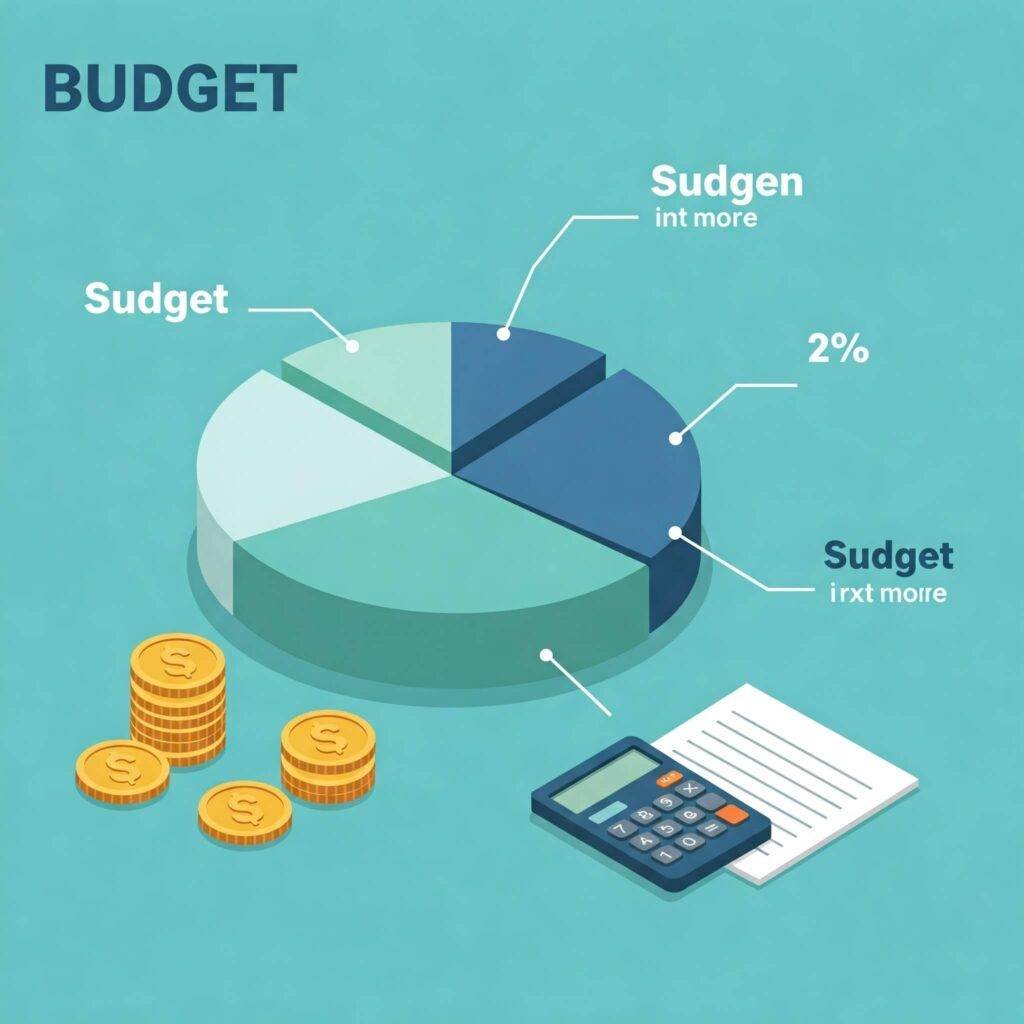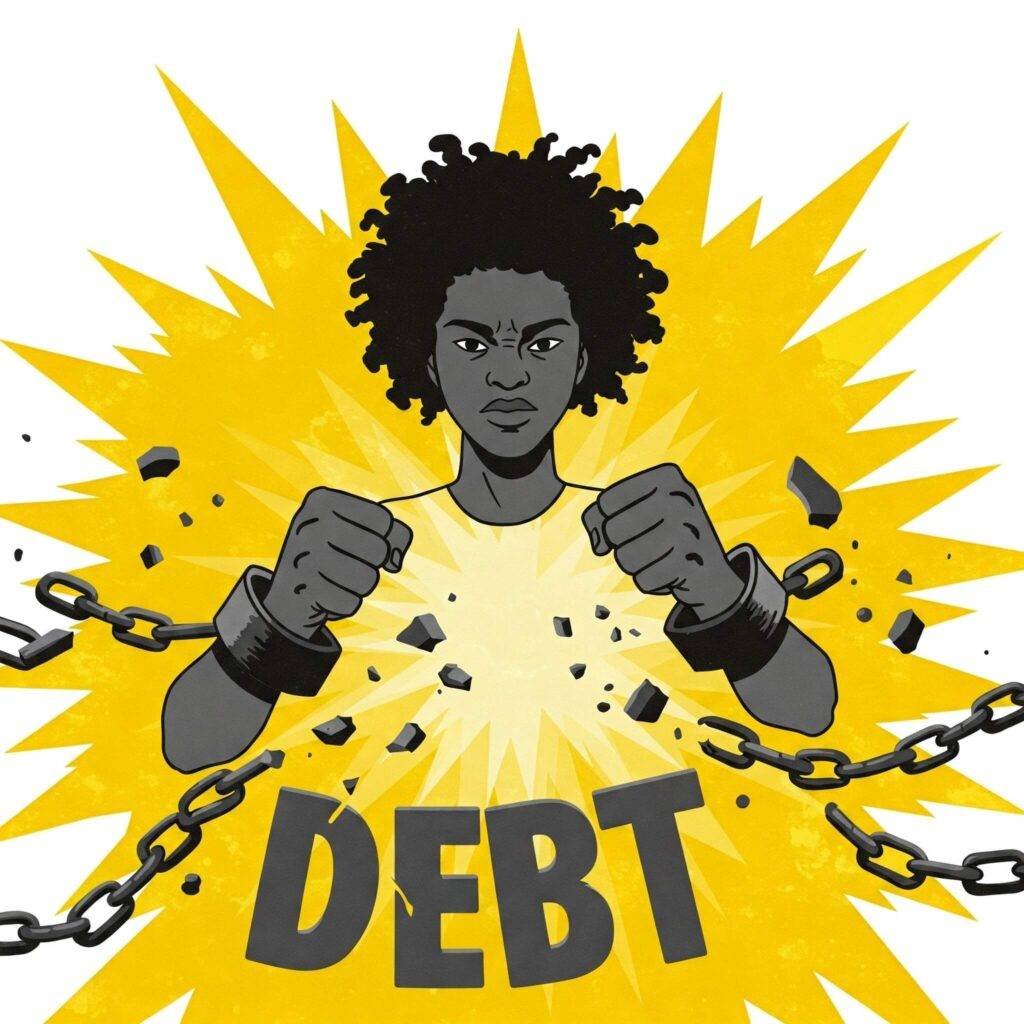Financial Education 101 is your gateway to mastering money management and achieving financial freedom. Whether you’re just starting your financial journey or looking to refine your skills, understanding the basics of personal finance can transform your life. This blog post will guide you through practical steps to take control of your finances, with actionable tips and real-world examples to make financial literacy accessible and engaging.

Why Financial Education 101 Matters
Financial education is the foundation of smart money management. Without it, you might find yourself struggling with debt, unable to save, or missing out on wealth-building opportunities. According to a 2023 survey by the National Financial Educators Council, 65% of Americans feel stressed about their finances due to a lack of financial literacy.
By embracing Financial Education 101, you empower yourself to make informed decisions. For example, Sarah, a 28-year-old teacher, learned budgeting basics and paid off $10,000 in credit card debt in two years. Her story shows how knowledge can lead to real results.
The Benefits of Financial Literacy
- Confidence: Understand your financial options and make decisions with ease.
- Stability: Build a safety net for unexpected expenses.
- Growth: Invest wisely to grow your wealth over time.
Outbound Reference: National Financial Educators Council for more on financial literacy stats.
Step 1: Create a Budget to Take Control of Your Finances
A budget is the cornerstone of Financial Education 101. It helps you track income, expenses, and savings, ensuring you live within your means. Here’s how to create one:
- Calculate Your Income: Include your salary, side hustles, and other income sources.
- Track Expenses: Categorize spending (e.g., rent, groceries, entertainment) for one month.
- Set Goals: Allocate funds for savings, debt repayment, and discretionary spending.
- Use Tools: Apps like Mint or YNAB simplify budgeting.
Real-World Example: John, a freelance designer, used a 50/30/20 budget (50% needs, 30% wants, 20% savings/debt) to save $5,000 for an emergency fund in a year.

Outbound Reference: Mint Budgeting App for user-friendly budgeting tools.
Common Budgeting Mistakes to Avoid
- Overcomplicating your budget with too many categories.
- Ignoring small expenses like coffee or subscriptions.
- Not adjusting your budget as your income or goals change.
Step 2: Master Saving with Financial Education 101
Saving is a critical part of taking control of your finances. It provides a buffer for emergencies and funds future goals like buying a home or retiring comfortably.
Top Saving Strategies
- Automate Savings: Set up automatic transfers to a savings account.
- Start Small: Even $10 a week adds up to $520 a year.
- Use High-Yield Accounts: Earn more interest with online banks like Ally or Marcus.
Data Insight: A 2024 report from Bankrate shows that 56% of Americans have less than $1,000 in savings, highlighting the need for better saving habits.
Outbound Reference: Bankrate for savings account comparisons.
Step 3: Tackle Debt to Strengthen Your Financial Education
Debt can derail your financial goals, but Financial Education 101 equips you to manage it effectively. Two popular methods are:
- Debt Snowball: Pay off smallest debts first for quick wins.
- Debt Avalanche: Focus on high-interest debts to save money over time.
Real-World Example: Maria, a nurse, used the avalanche method to pay off $15,000 in student loans by prioritizing her 8% interest loan, saving hundreds in interest.

Tips for Debt Management
- Negotiate lower interest rates with creditors.
- Avoid new debt while paying off existing balances.
- Consider consolidation for multiple high-interest loans.
Outbound Reference: Consumer Financial Protection Bureau for debt management resources.
Step 4: Start Investing to Build Wealth
Investing is the final pillar of Financial Education 101. It allows your money to grow over time, outpacing inflation. Beginners can start with:
- Retirement Accounts: Contribute to a 401(k) or IRA for tax benefits.
- Index Funds: Low-cost, diversified investments like the S&P 500.
- Robo-Advisors: Platforms like Betterment automate investing.
Data Insight: A 2023 Vanguard study found that consistent investing in index funds over 20 years can yield returns of 6-8% annually, adjusted for inflation.
Outbound Reference: Vanguard for low-cost investment options.
Investing Tips for Beginners
- Start with small, regular contributions.
- Diversify to reduce risk.
- Avoid chasing “hot” stocks without research.
Takeaways to Master Financial Education 101
Taking control of your finances starts with Financial Education 101. By budgeting, saving, managing debt, and investing, you can build a secure financial future. Here’s how to begin:
- Create a simple budget and track your spending.
- Save at least 10% of your income each month.
- Prioritize high-interest debt repayment.
- Start investing, even with small amounts.
Financial education isn’t just about numbers—it’s about gaining the confidence to shape your future. Start today, and watch your financial stress fade away.
Outbound link:
Personal Finance 101: The Complete Guide to Managing Your Money

